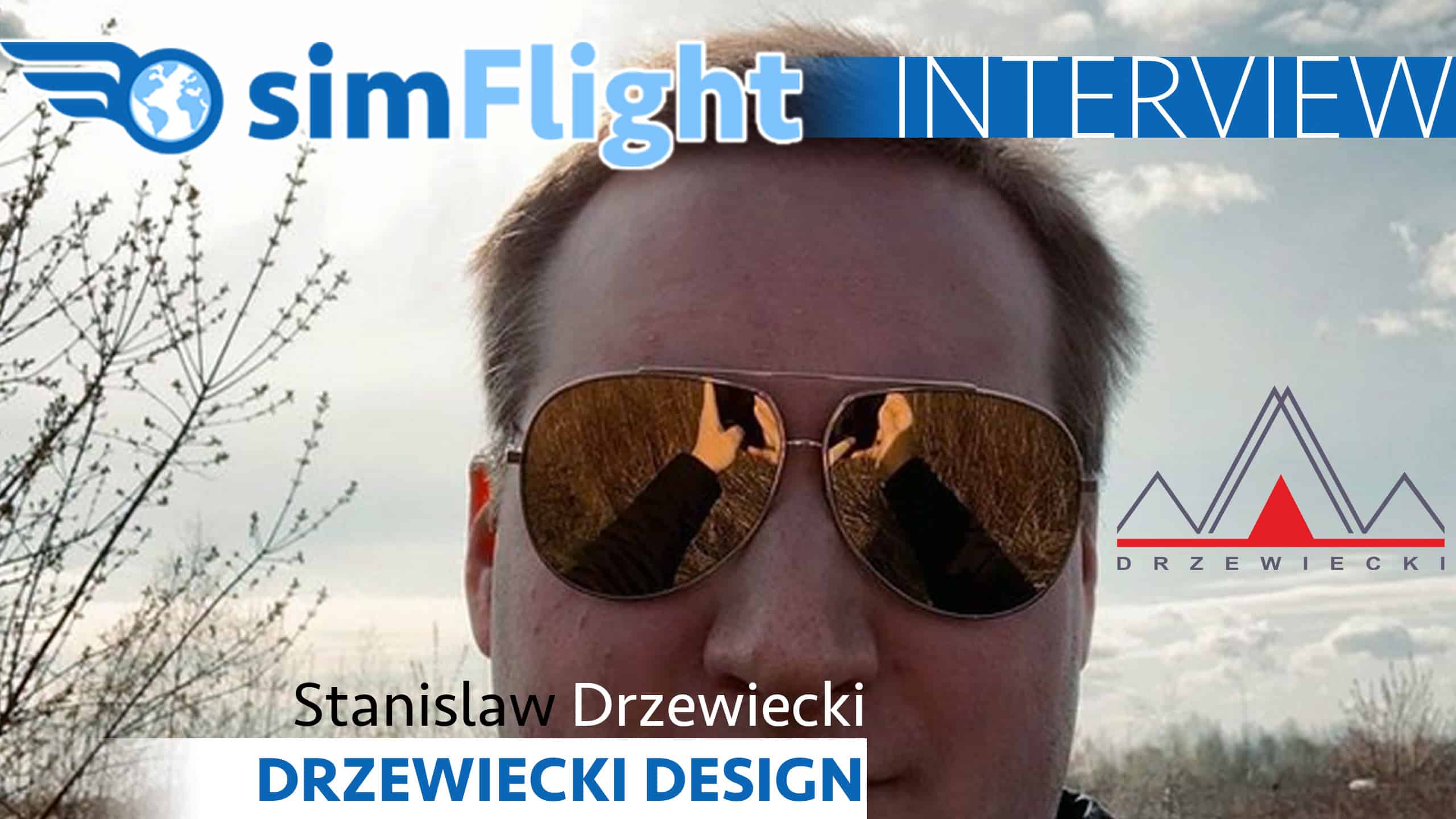
Stanisław Drzewiecki. Born in 1987, the Pole is not only a virtuoso on the piano (first public performances at the age of five, in 2000 he even won the “Eurovision Young Musicians” competition), but also a true artist when it comes to creating sceneries for flight simulations. In December 2022, with the implementation of Newark International Airport (KEWR), another richly detailed addon was released – and the next one is already being diligently worked on. simflight.de editor “pattek” met Drzewiecki digitally for an exclusive interview.
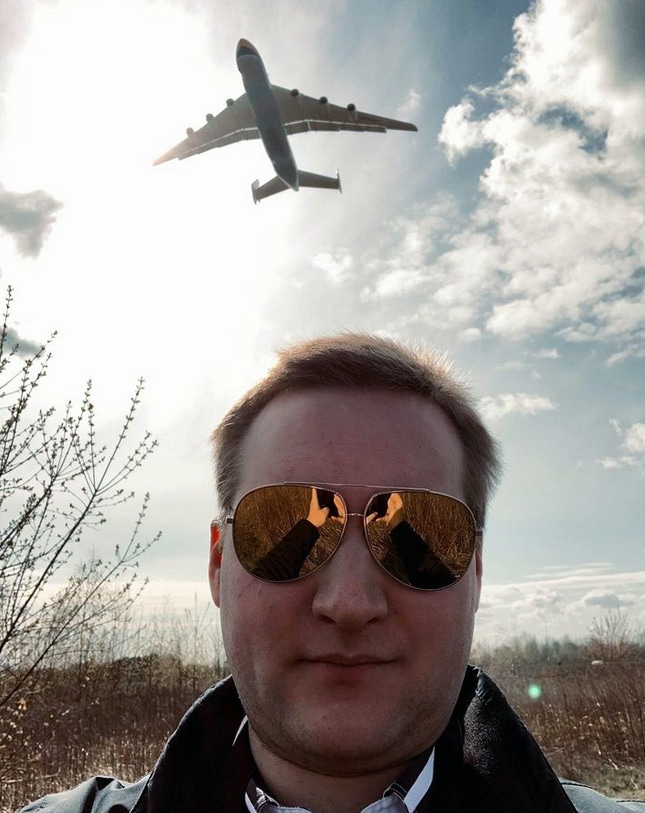
SF: Hi Stan, great that you are with us! How did you start the new year – celebrating the release of Newark International or already working on the next one?
Stan: Hi Patrick! We did not really celebrate much – we usually try celebrating the very process of creating a product. The end part of work is usually less pleasant, focused more on finding and fixing bugs. Usually, there are also 1-2 updates published after release, and the same happened with KEWR. We always listen to what our customers say and try to fix/change/upgrade as much as possible. Anyway, KEWR was a really complicated project so we sure did have a feeling of accomplishment.
SF: Talking about “you” doesn’t only mean yourself. How many people are actually, working for Drzewiecki Design?
Stan: Of course. I am extremely proud that we succeeded in creating and maintaining such a fantastic team. Working together is a great pleasure and also very inspiring. Currently, we employ about 15 individuals depending on a particular project. The team is quite large and every member is a perfectionist so that fact posed some challenges which required commonly-agreed decisions regarding the workflow. We are based in Poland but half of the team lives in different countries, which can also pose some difficulties. For example, our Ukrainian employee could only connect to the internet once a week and worked during air-raid sirens. Nevertheless, he was never late with sending files. On the other hand, two of our employees got married lately but that fact did not influence the beta testing of KEWR.
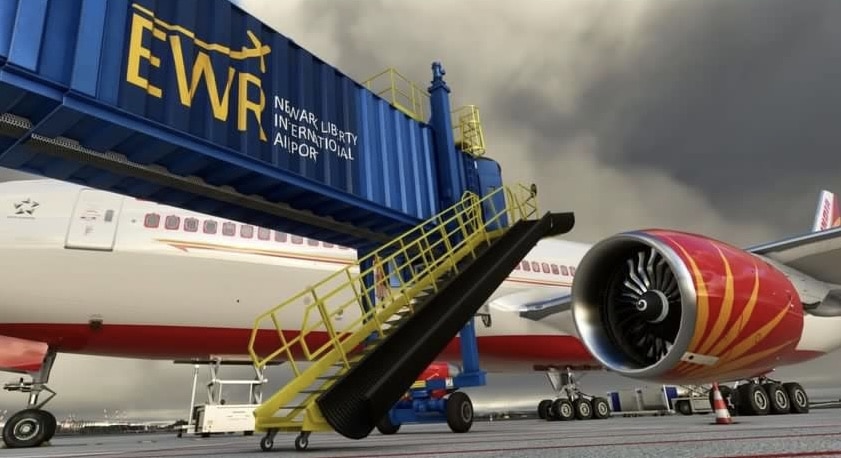
SF: Screenshots, videos, and reviews tell us, that KEWR is again an outstanding scenery (I haven’t bought it yet, I have to admit..). What is special about it, in your own words?
Stan: KEWR is special because of the pure scale of the project and the detail level we decided to achieve. For a single person to complete such an amount of work would require many years. Of course, not all virtual pilots would enjoy visiting the interiors (can be disabled) or 3D cabins of static aircraft (can be deactivated) however we always try to go beyond the expectations of the casual simmer. We believe that the devil is in the detail and our goal is not only to make all signs and markings as they are at the real airport but to recreate the atmosphere, the subjective feeling of being at that very airport. Things like custom sounds, custom animations, photo-real textures, and all kinds of other details help achieve that but this is a huge work. I personally think KEWR is one of our best projects so far and will be enjoyed for many years to come.
SF: Still about KEWR, how long did it take you to finish it, right from the first sketch to the final release?
Stan: A team of 10 people worked on it for 10 months straight. We had worked on KEWR before of course, there were “simple” versions made for P3D, FSX, Xplane, etc. but the MSFS rendition was fully done from scratch. We even had to work with visualizations rather than the real object in the case of the new Terminal A. After the release, our customers asked about more customization options and we provided that too together with additional optimizations of the airport.
SF: Could you tell us a bit about the steps of the process of making a new scenery? Where do you start, what takes the most time and what are the main challenges?
Collecting resources takes lots of energy. This often starts a significant time before the actual modeling work – sometimes months or over a year before. We also try making contact with local people working at that airport (ground workers, security workers, air traffic controllers) and pilots operating there. This proves priceless later as they are able to provide up-to-date pictures and information.
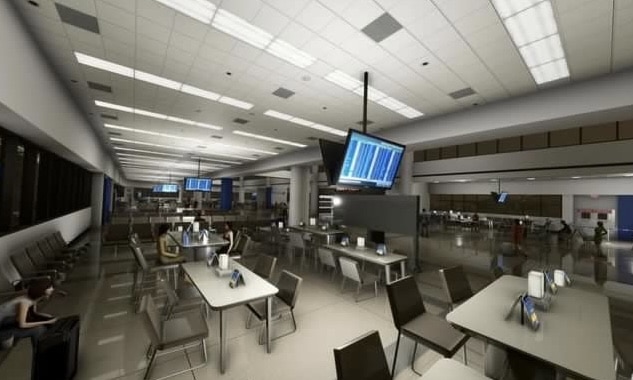
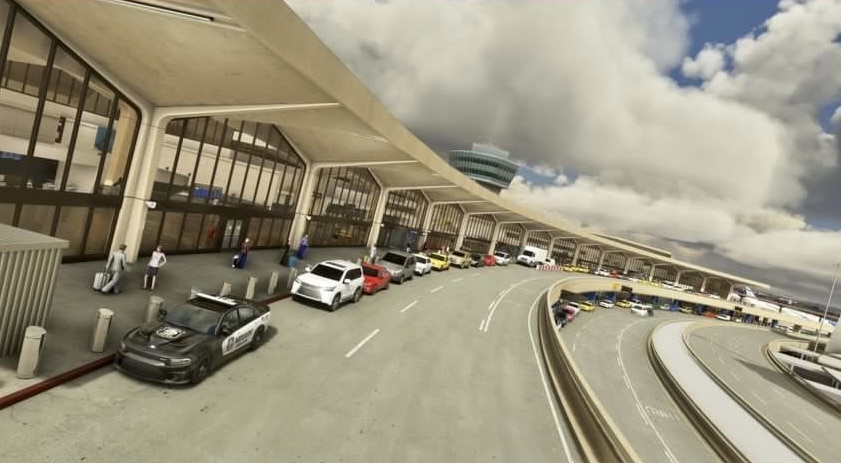
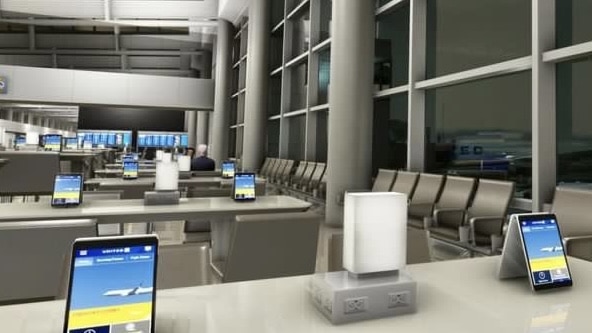
A significant portion of the development is dedicated to the ground layout, all markings, „afcad” and lighting. This alone can take 4-5 months in the case of large airports. Imagine – there are thousands (!) of vertical signs and each has to have the correct texture and be placed at the correct location. The modeling and texturing of buildings is the obvious step but there is so much more – custom ground vehicles, general vehicles, animations, tons of various assets, airport access roads, trains, and other communication systems, and often city landmarks. Each product is a bit different so there is no „golden rule”, we analyze each in terms of the content we want to put into it.
SF: You are often trying new things, like implementing a bunch of individual animations as seen at Seattle Renton, e.g. did that already hit the limit or might we expect even more in future projects?
Stan: There is no limit to innovative things. Frankly speaking, Renton was a bit like a prelude to the upcoming KPAE Paine Field, where Triple Sevens are produced. We are modeling the entire assembly line there too but in greater detail than in Renton. Unfortunately, there are no trains in Paine (and trains are cool!) but we will make up for it with other interesting details. Paine Field will be one of the most interesting products to make and visit. I am pretty sure most simmers will not visit the real-world factory but with our product they… kinda will!
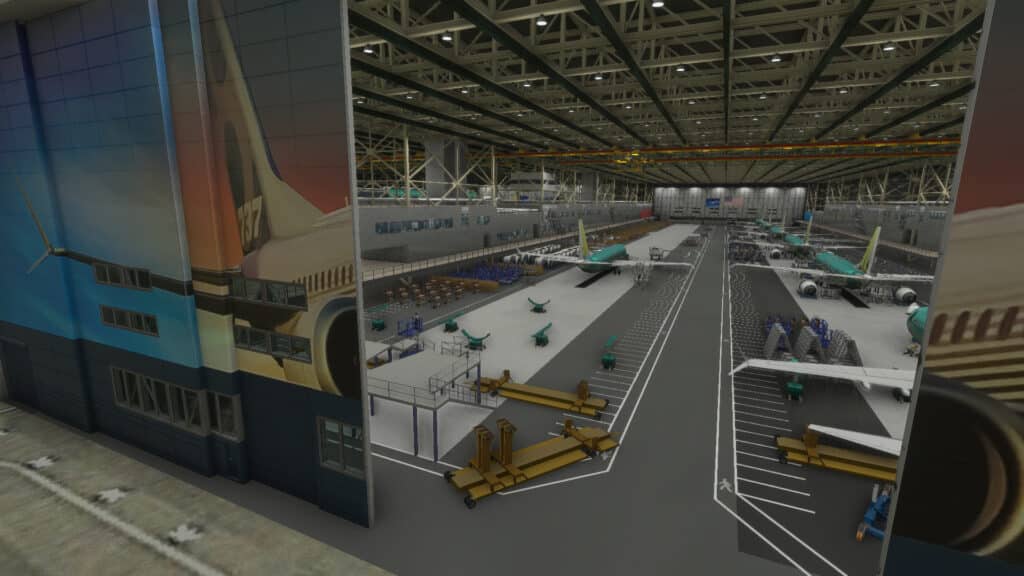
SF: Animations, people in buildings, advertising, and complete interior of terminal buildings. Sure, nice to have – but why do we need that, while we are flying the plane on the outside?
Stan: We don’t – frankly, we are constantly working with companies providing software for certified training platforms and they order ground layouts and lighting only, even without custom-made buildings. Our goal, however, when we are making an MSFS airport is to provide a destination that you can visit like a tourist, not only land and take-off. This is what we love doing and what gives us great satisfaction. Is it required for a commercial product? Probably not, although nowadays you can hardly find commercial airport scenery without terminal interiors and we are very happy that this trend finally became a standard.
SF: So, how much does the factor of lacking performance affect the creation of new detail?
Stan: Performance is always the biggest limiting factor in game creation, where the rendering happens „on the fly”. MSFS is a fantastic platform in these terms as you can accommodate tons of details and still keep an acceptable performance. Of course, there is a huge gap between customers with up-to-date, high-end computers and those whose machines still remember FSX times. Our goal is to make the maximum use of high-end PCs while making our products flyable on more „vintage” machines too.
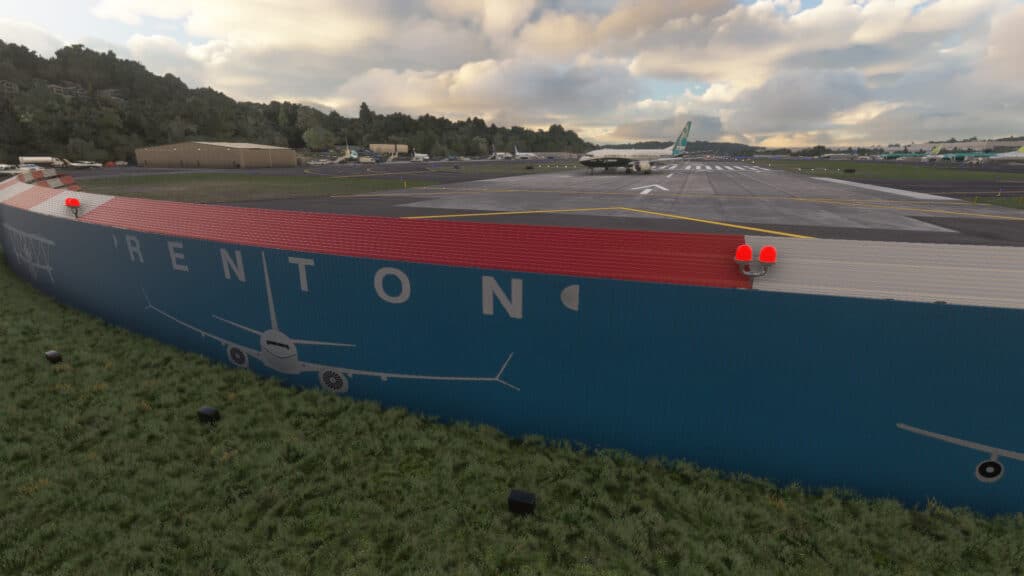
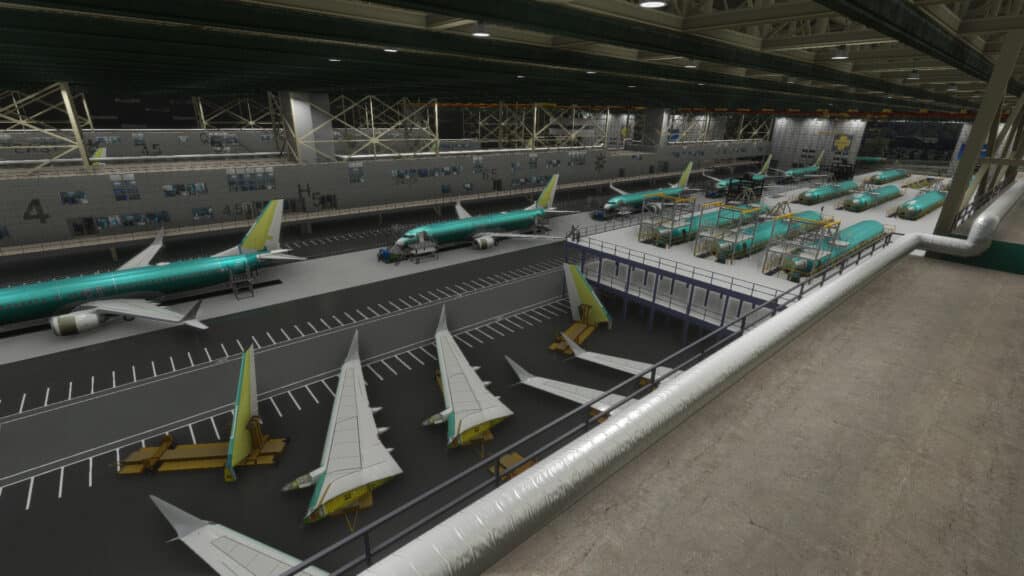
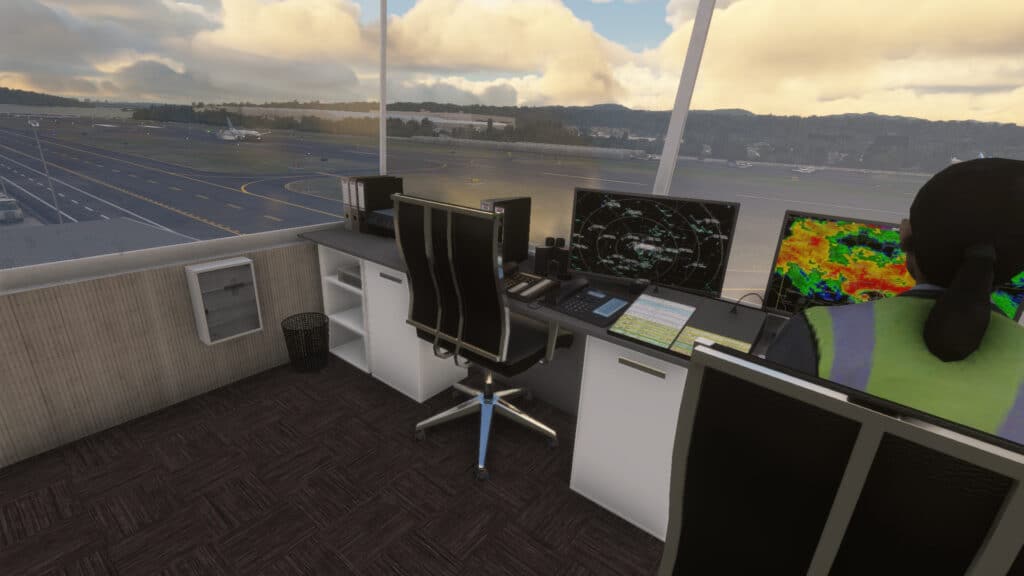
SF: Looking at your product portfolio, you are creating both big hubs and international airports as also regional airports. Besides the size, what are the main differences when creating those things?
Stan: The world region of airports has probably the largest influence on their look. American airports have many things in common, the same with Polish / European airports. But for example, RJAA Narina has many individual details, not to mention the Japanese language we had to handle proficiently enough during the development. This is why we don’t tend to find new regions for our products as the whole resource collection process is more complicated in such cases. Additionally, many new individual local assets need to be created which brings time and cost significantly up.
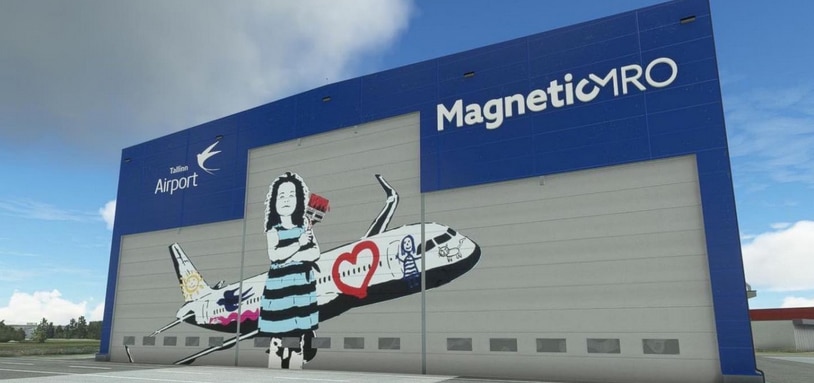
SF: After releasing a really big one with KEWR, you are now working on a small diamond – the Lennart Meri Airport of Tallinn, the capital of Estonia. Why did you choose it?
Stan: Tallinn is one of our favorite airports since FS2000! It is a beautifully-located Baltic destination, with very stylish buildings and an interesting layout. Also, Tallinn Airport Authorities are extremely open-minded regarding resource collection at the airport. We did 3 full-scale photo shoots there and received significant help, also from the local community. Working on Tallinn Airport has always been fresh and relaxing for us. We had ideas of other airports from the Baltic states but none were as forth-coming as Tallinn. That fact definitely helped EETN to become a special destination for us and the one you should visit too!
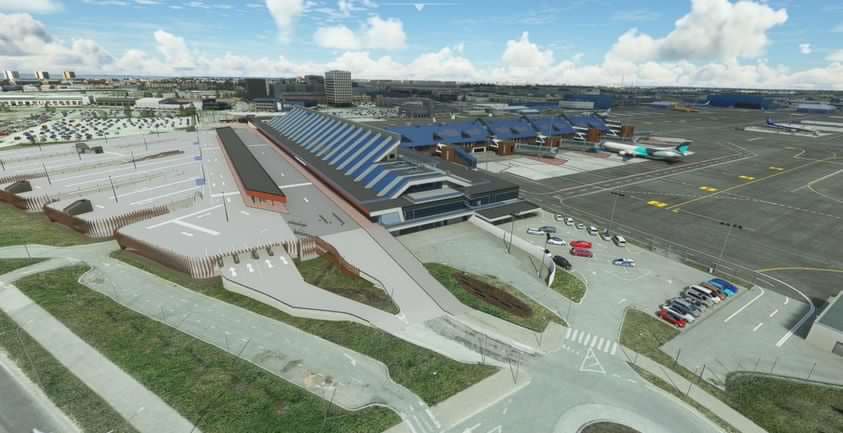
SF: I can remember, more than a year ago, you did an Instagram posting showing some guys taking photos at the airport. How many pictures do you need and where do you focus on?
Stan: We often use online resources but pictures we receive or make ourselves make products much more individualized. For some projects, we had 2-3 thousand pictures collected. This really depends on the particular airport but generally the better the resources database, the better the final look.
SF: What can we expect from the upcoming scenery? Will also be some city buildings included, as there is no photogrammetry of the city of Tallinn?
Stan: Absolutely – our plan is to model all buildings important to aviators, specifically highrises and VFR obstacles.
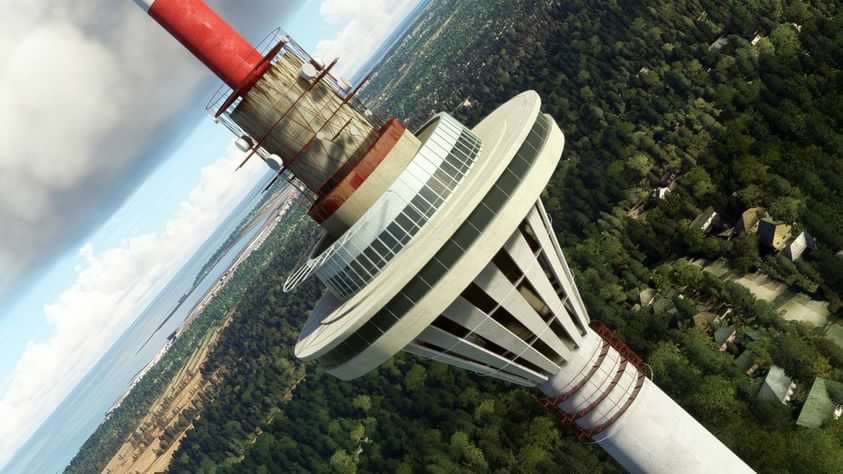
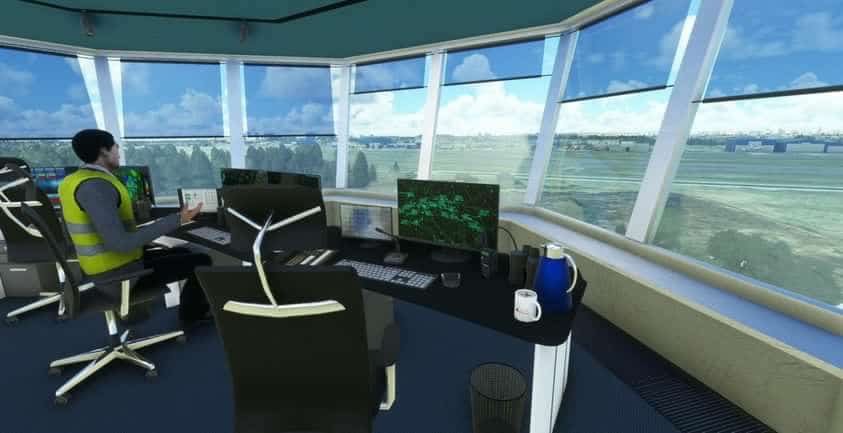
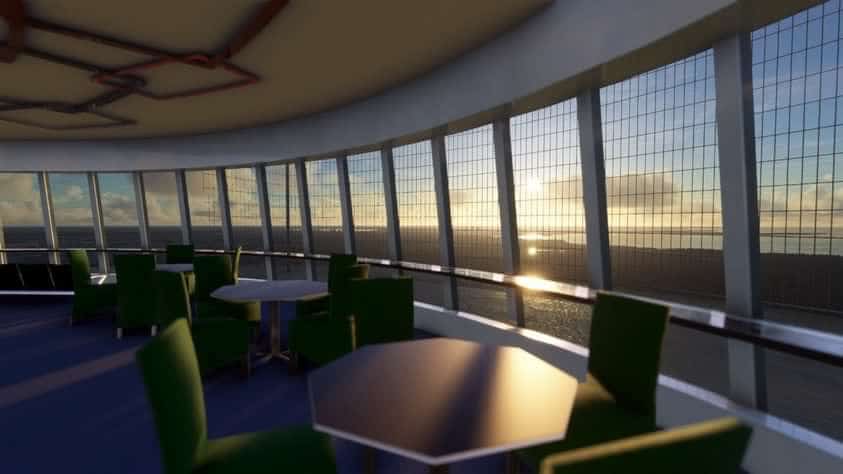
SF: I guess you won’t tell us – but when can we expect to see it on the market?
Stan: We stopped giving and setting deadlines many years ago. For us, it is more important to publish a complete and well-tested product than to meet a deadline.
SF: When you are not creating scenery or flying in the sim, you are flying in real life. What do you like about it, especially comparing the virtual and the real skies?
Stan: I would never treat virtual flying as a substitute or something “worse” than real flying. This is just a different type of activity, although, especially when using networks such as Vatsim or Ivao, you can learn tons of practical things about real-world operations, procedures, and communication. I used to fly a lot on Vatsim, logged about 2000 hours there, and did several circumnavigations. That was a great experience accompanied by very real emotions and sometimes stress. I would say – the real-world flying is as fun as the virtual flying!
SF: We wish you a lot of fun with both. Stanisław, thank you very much for your time and all the best!







